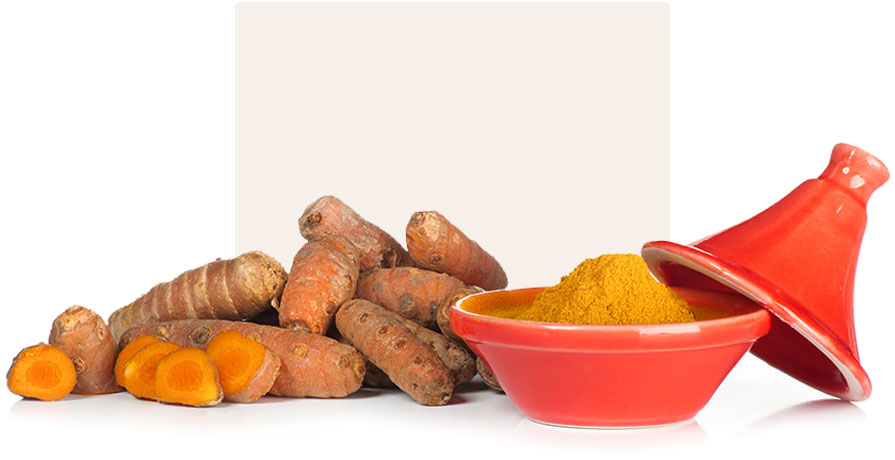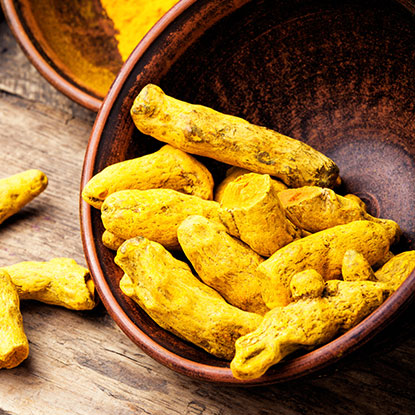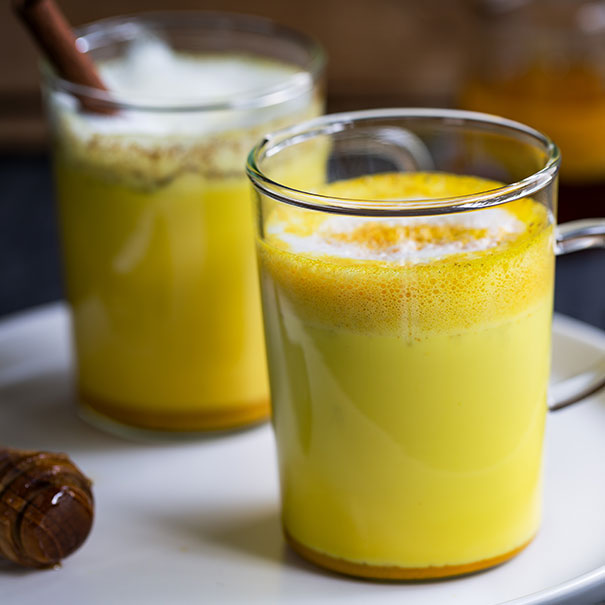
Trading Practice
Turmeric was an important part of spice trade. This spice found its way from India to Southeast Asian and Mediterranean countries some 4000 years ago. Slowly, it was traded to the Western countries also. In fact, turmeric is Europe’s first spice import, as it carried a huge medicinal value for them.
In the past, inland trading of turmeric was carried out in carts and caravans. However, spice trade was also carried out through sea routes. Arab traders took the sea route to reach out to the spice-producing countries. So, by the end of the 7th Century, trading was carried out in large ships.
For instance, during the 7th Century, turmeric trade with China was carried out in trading vessels, known as dhows. By 8th Century CE, turmeric was traded across the Arabian Sea and the Indian Ocean in dhows. During this period, it reached Mauritius, Réunion, Rodriques, Yemen, and East Africa. Soon after, turmeric was traded to Sub-Saharan African countries via overland caravan routes.
Turmeric was traded by different names.
However, across Asia, the trade route was mostly by sea. For instance, the Chinese traders picked the sea route to carry out trade with the Spice Islands.
In fact, the naval trading route was the preferred medium for carrying out trade with India. Right from the Portuguese to the British invaders, they chose the naval sea route for exporting turmeric and other Indian spices.
At present, trade routes for turmeric are mostly by land (inland) and sea. Sea route is highly preferred for exporting turmeric to different parts of the world.
Trading Scenario From Past To Present
In the early days, spice trade caused a lot of conflict and bloodshed; apart from bringing wealth. It was through spice trade that the legacy of colonialism started. The lookout for a direct route instead of bringing in a middleman led to the colonial conquests by the European voyagers. But at present, there might not be any amount of bloodshed. But the trading practices are becoming more strict. Manufacturers and suppliers of turmeric must comply with the food and safety standards that must be maintained for turmeric processing and exports.

Trading Essentials

Environmental &
Social Standards

Any exporting nation, while exporting spices like turmeric should ensure that their exporting product meets the environmental and social standards of the importing country. At the same time, the product should acquire the necessary certifications and standards. For instance, for the European market, turmeric products (whole or ground ) should meet the FairWild Standards and FLO Fairtrade certifications.
Packaging For International Market
The demand for high-quality turmeric is mostly from the Middle-East Countries, American, and European countries.
Hence, for exporting Indian turmeric, it is important to pack the turmeric products properly. Poor packaging might affect its quality. If the quality of the product drops; buyers won’t buy the product. With buyers stopping their purchase of a product, the demand will drop.
The importing country won’t be buying turmeric from the exporting country. Eventually, this would impact the trade relationship between the two nations.
Any exporting nation would like to avoid such a scenario. So, the best way out for them is to carry out turmeric trade practices as per the international trade standards. For instance, packaging must be given importance. The packaging material should comply with the importing country’s packaging regulations or requirements. They are:
Packaging material should be picked carefully. It shouldn't react with turmeric. In the event, the packaging reacts with turmeric, the quality would decline.
Packaging materials should be clean and free from contamination. If the packaging material is contaminated, the turmeric will get contaminated. Thereby, affecting the quality of turmeric.
So, for the international markets, packaging of turmeric, for both whole and ground, clean pouches and gunny bags must be used.
At the same time, the gunny bags must be polythene laminated. This would protect the product that is going to be exported.

Cleanliness Standards
For exporting turmeric to the USA, it should confirm the cleanliness specifications specified by the American Spice Trade Association (ASTA).
Basic Trading Process
As the demand for turmeric rises, it opens the door for business opportunities, as well as some challenges. To keep spice trade transparent, innovative technologies must be brought forward from time to time. After all, in this competitive market, origin and quality of the spice matters a lot.
Spices, like turmeric, are high-value commodities and they are traded for huge amounts of money. To maintain the quality of the spice, adulterating must be stopped. Leading spice manufacturers from India ensure that their products pass through stringent quality tests. Hence, scanner technology can be used for identifying the purity of the spice, as in this case, turmeric.


